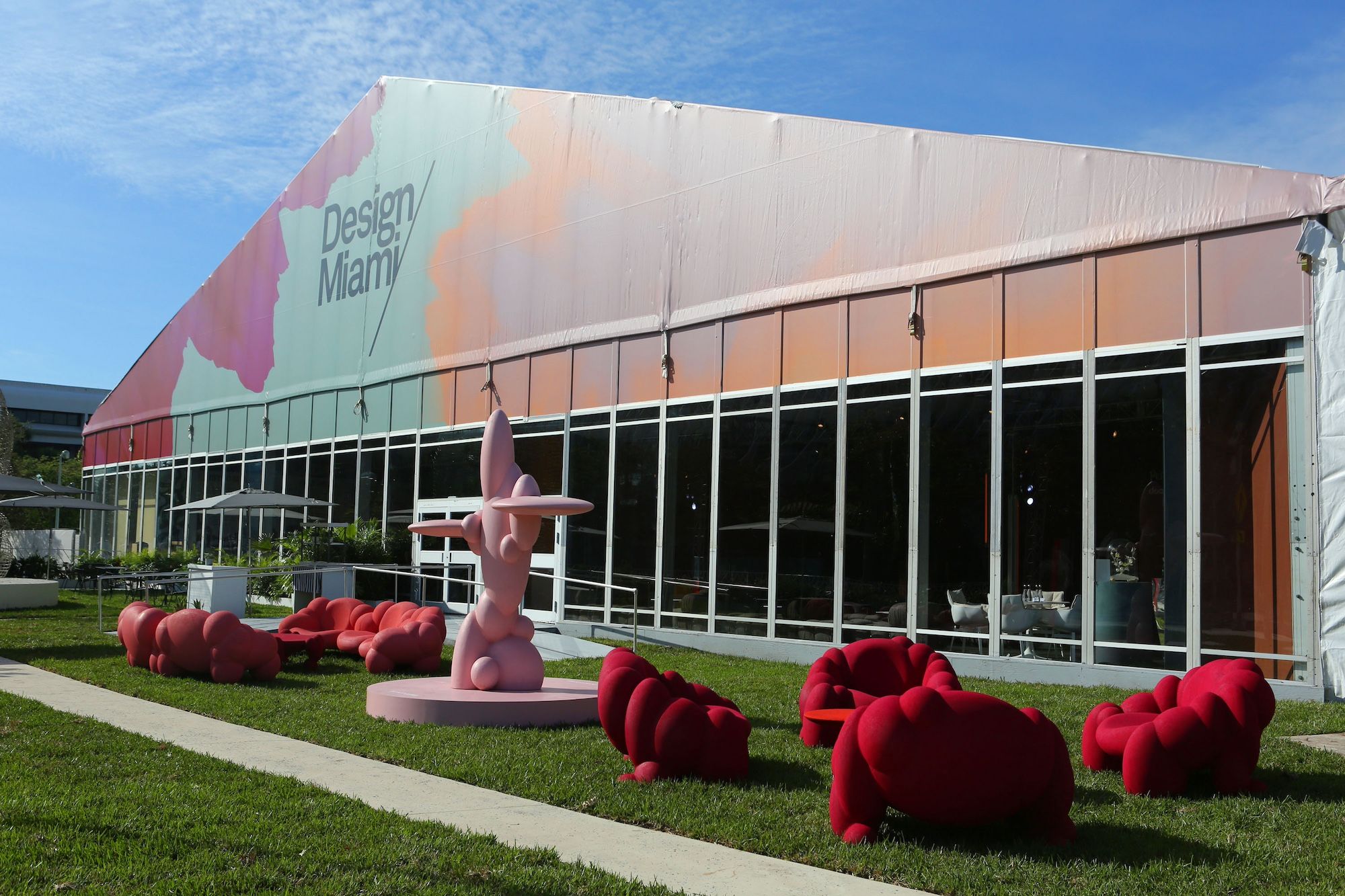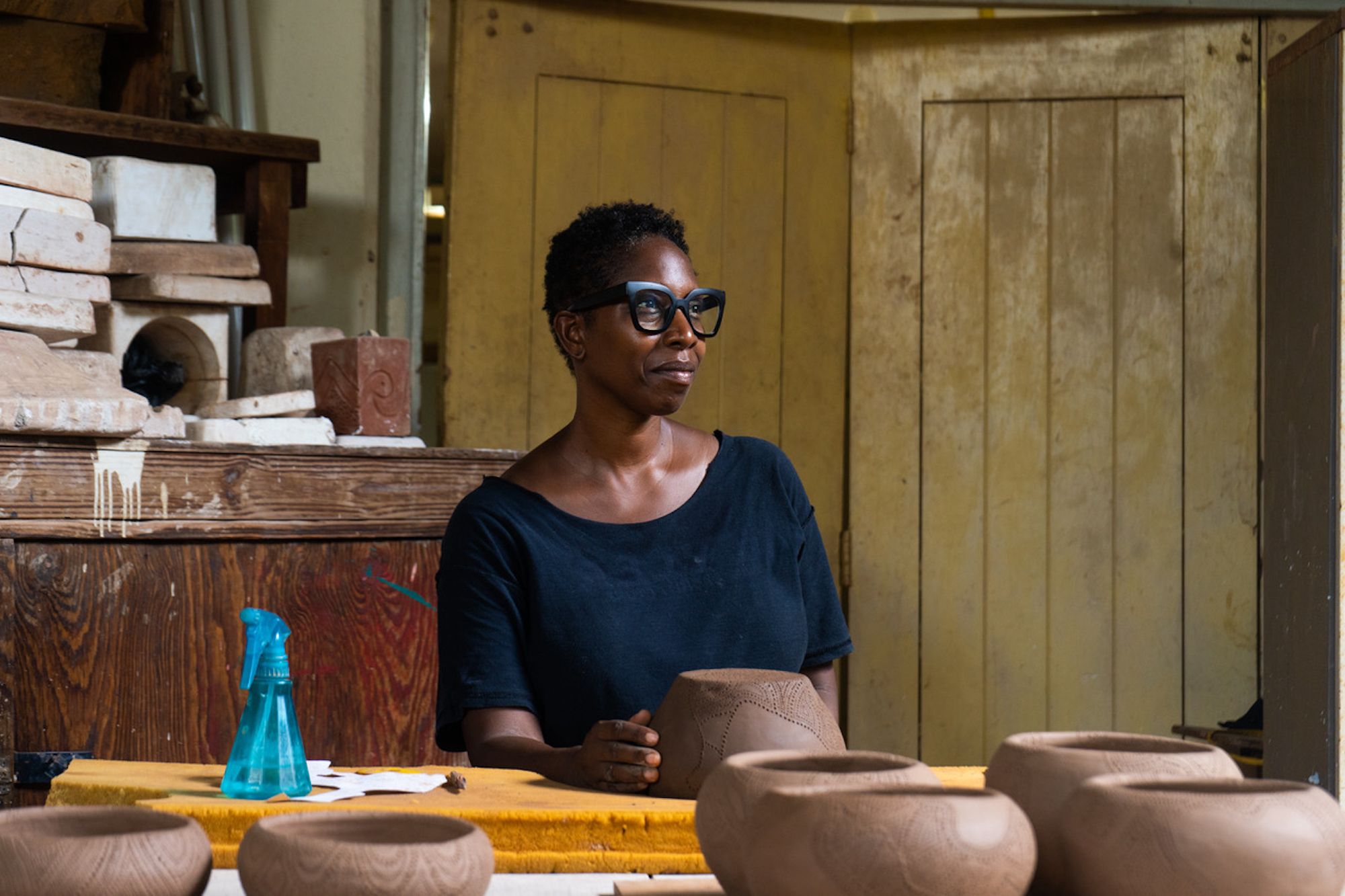SPOTLIGHT: WHERE WE STAND NOVEMBER 27 2023
by Anna Carnick
The Portuguese-British ceramicist on design to reflect and connect
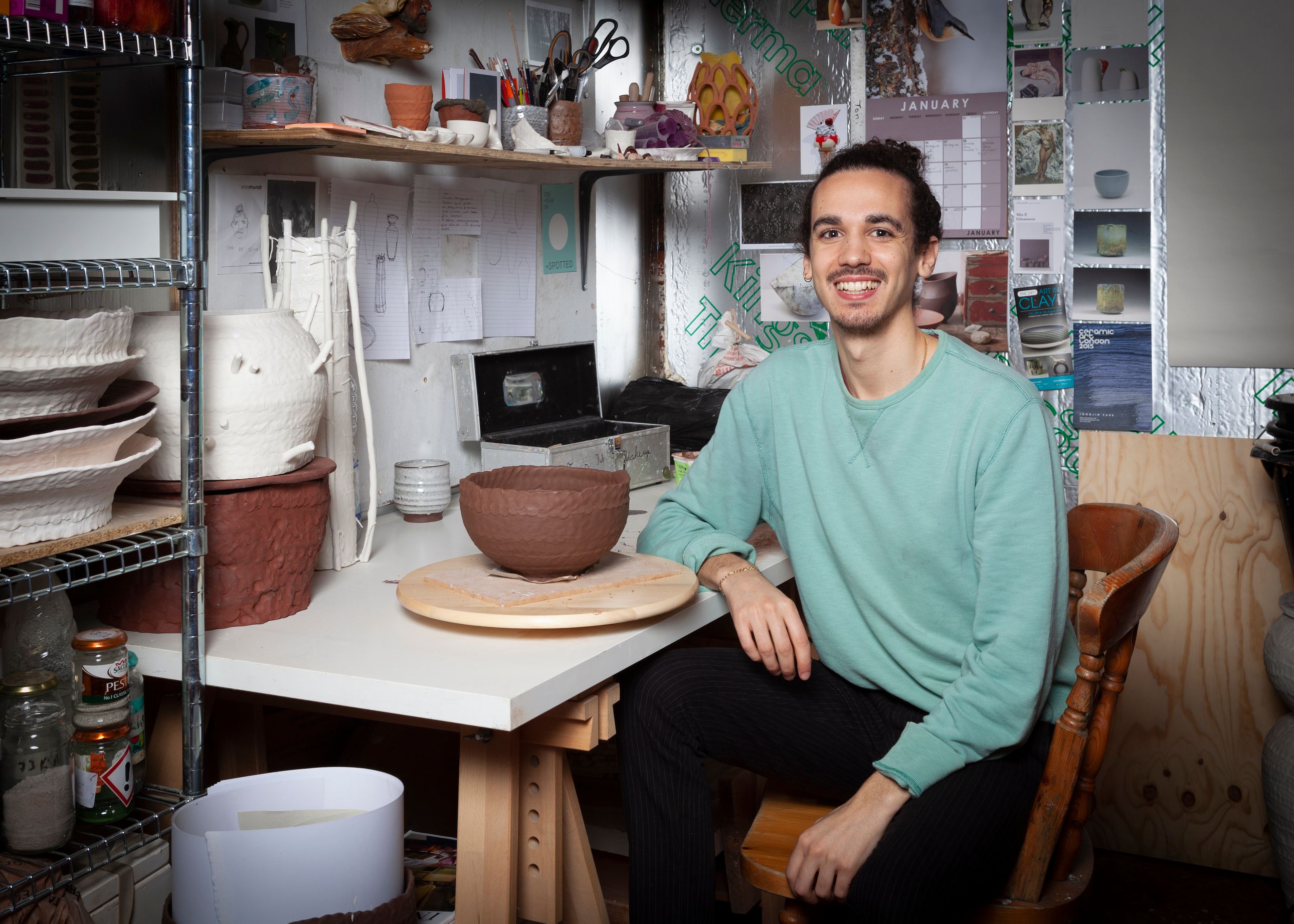
CERAMICIST TONI DE JESUS, WHOSE NEW WORK WILL BE ON DISPLAY AT DESIGN MIAMI/ 2023
Photo courtesy of J. Lohmann Gallery
To augment the Design Miami/ 2023 curatorial theme Where We Stand, we’ve put together an editorial miniseries featuring interviews with exceptional creatives whose practices exemplify future-facing, socially engaged, and narrative-driven design approaches. These thought-provoking design thinkers all have works on view in the upcoming fair and, for this series, have responded to our queries with edifying insights into design’s role in strengthening our connections with one another—something the world could use a lot more of right about now.
Today, we’re pleased to share our interview with Portuguese-British ceramicist Toni De Jesus, whose autobiographical works serve as poetic mirrors of this shared moment in time, bridging personal experience with broader political, economic, and socio-cultural issues. Represented by J. Lohmann Gallery, at the upcoming Design Miami/ fair, De Jesus will present He Loves Me…He Loves Me Not, a handcrafted collection inspired by his own coming out experience that delves into the study of flowers and their meaning, fusing imagery, text, and symbols to reflect on heritage, relationships, and sexuality. In sharing a bit of his personal journey through his objects, De Jesus’s practice beautifully responds to today’s broader call for connection—and honors resonant narratives that have been excluded from the design canon for far too long.
Scroll on for De Jesus’s reflections on some of the questions animating the Design Miami/ 2023 Where We Stand theme.

TONI DE JESUS'S ORCHID VASE FROM THE HE LOVES ME...HE LOVES ME NOT COLLECTION
Photo courtesty of J. Lohmann Gallery
Anna Carnick / What role does storytelling play in your practice?
Toni De Jesus / Lately, I've connected this exploration not just with the work but also with my own place in the world. In essence, it reflects my personal awareness of straddling two cultures—born in England to Portuguese parents, yet not feeling entirely part of either. This autobiographical awareness deeply influences my creative practice, fueling a profound interest in exploring duality and juxtaposition within my work.
AC /What project are you most proud of to date and why?
TDJ / Amor-Perfeito is a work inspired by a historical Nantgarw China Works porcelain plate, part of the Glynn Vivian Art Gallery’s collection. Amor-Perfeito was made for the exhibition On your face Collective x Glynn Vivian: Queer Reflections. Its narrative comprises several layers, intricately woven through elements such as the illustrations of pansies and their symbolic significance—which, depending on one’s perspective, represent notions as varied as heartfelt personal remembrance, queer stereotypes, and more—as well as the lettering encircling the work. The public-facing aspect of this exhibition served as a pivotal moment—a turning point in my personal journey—as it provided the opening to come out to my father.
Amor-Perfeito acted as the catalyst that spurred the collection He Loves Me… He Loves Me Not, both being showcased at Design Miami/ 2023 and represented by J. Lohmann Gallery.
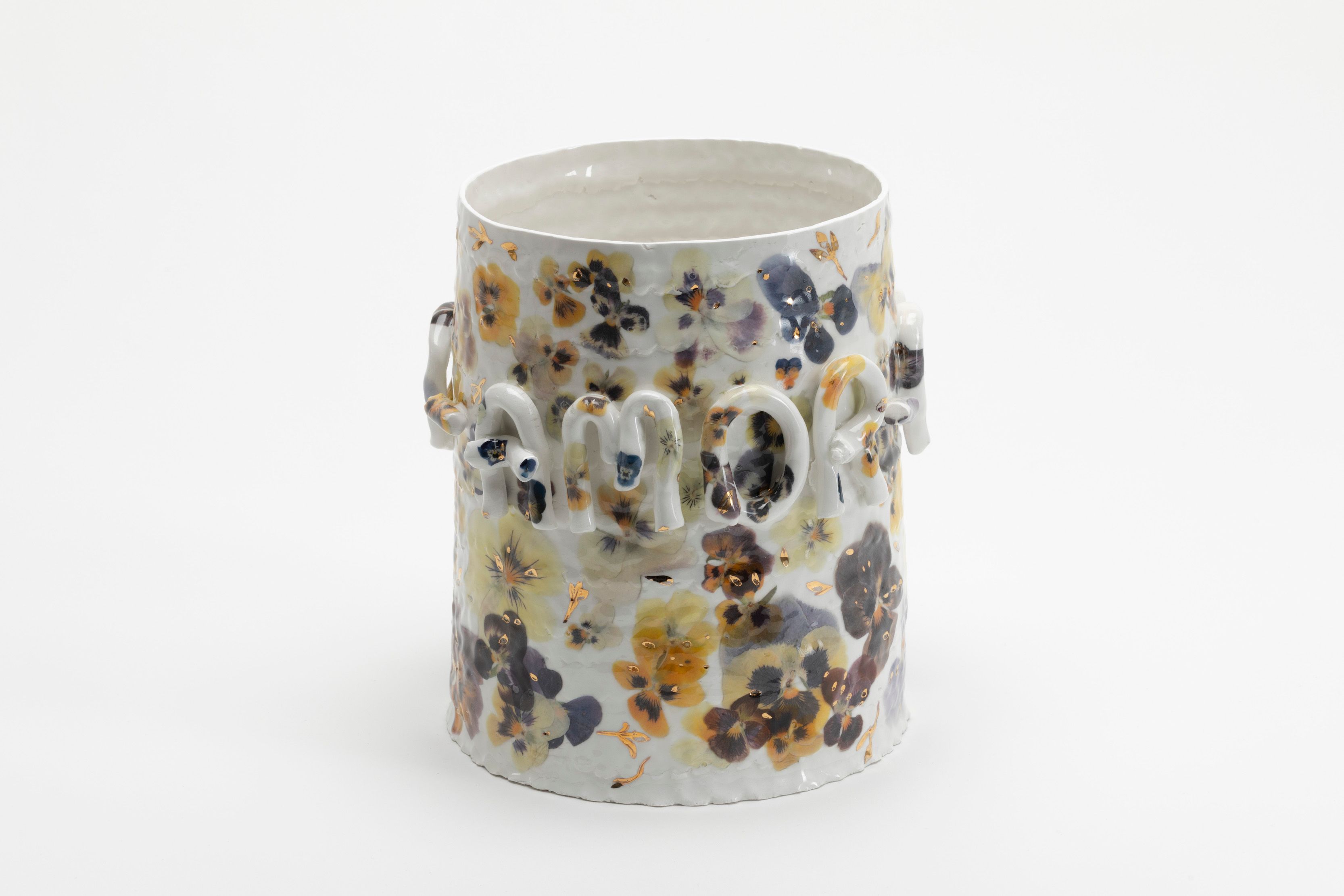
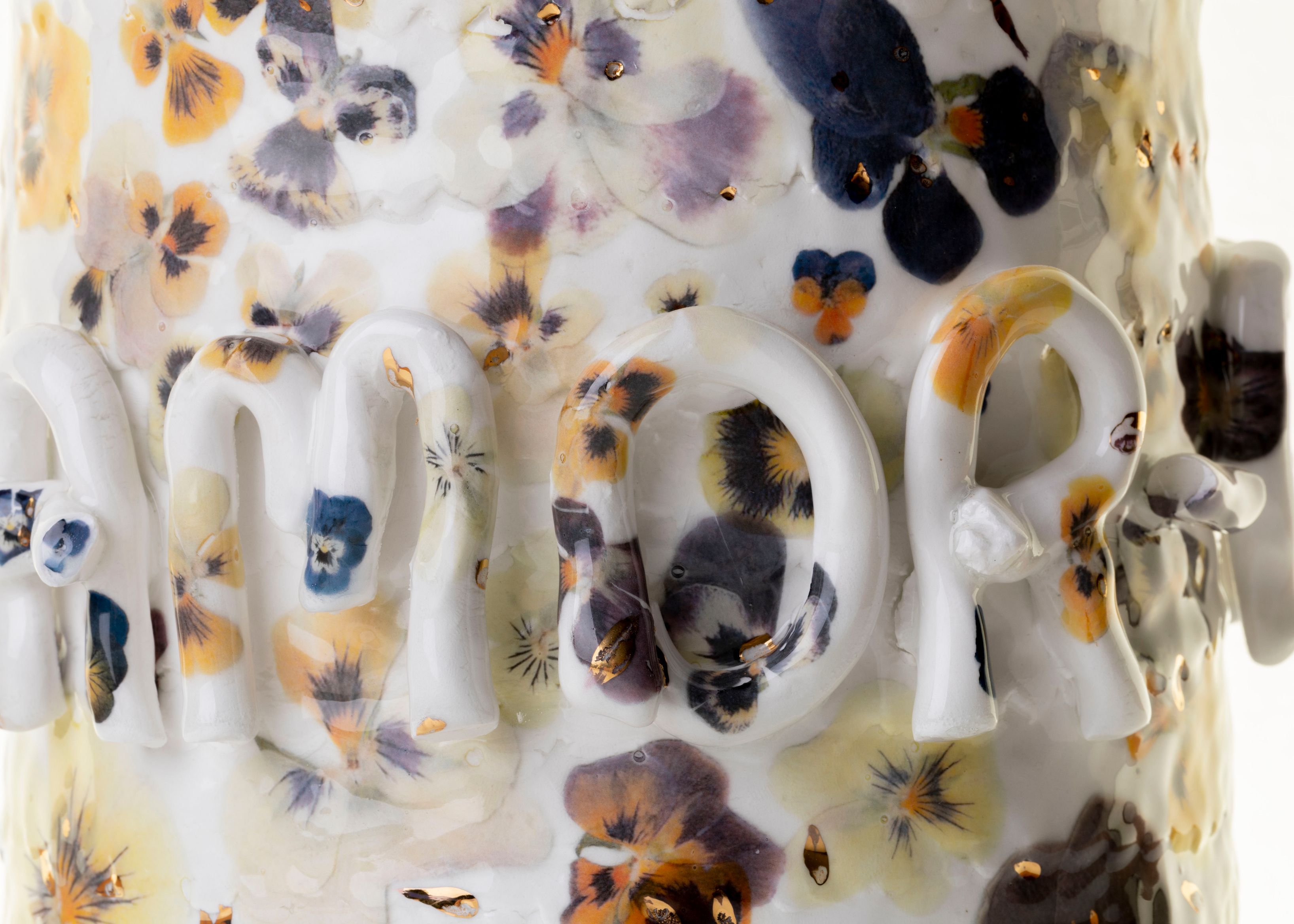
AMOR PERFEITO FROM HE LOVES ME...HE LOVES ME NOT COLLECTION BY TONI DE JESUS
Photos courtesy of J. Lohmann Gallery
AC /Who’s design practice(s) are inspiring you most these days, and why?
TDJ /I always refer back to the British studio pottery movement in the 1960s to 1980s where artists like Ewen Henderson, Gordon Baldwin, Alison Britton and Angus Suttie were questioning the traditions of Bernard Leach’s teachings. They interrogated the idea of a pot with the material they used, how it was used and what it meant by doing so. What inspires me is the playfulness of this approach. This journey unfolds through experimentation with material, shape, scale, curation, and ideas. The overarching theme of my work is in a constant state of evolution (both visual and writing), characterized by an absence of rigid seriousness, allowing room for exploration and spontaneity.
AC / How can looking to our roots—heritage, community, the land beneath our feet—inform our way forward?
TDJ /I believe that understanding our past is vital in shaping our future. This belief was reinforced through the opportunity with my first solo exhibition, Cacúlo, this year. Facilitated by a series of residencies, this experience enabled a deep dive into my roots in Madeira, Portugal. I was interested in the inhabitation of the island along its 600 year history and the role of ceramics in daily life.
This exploration naturally led me to delve into the integration of local materials within my work and Cacúlo became a fascinating exploration of the interconnectedness between context, location, materials, and making.
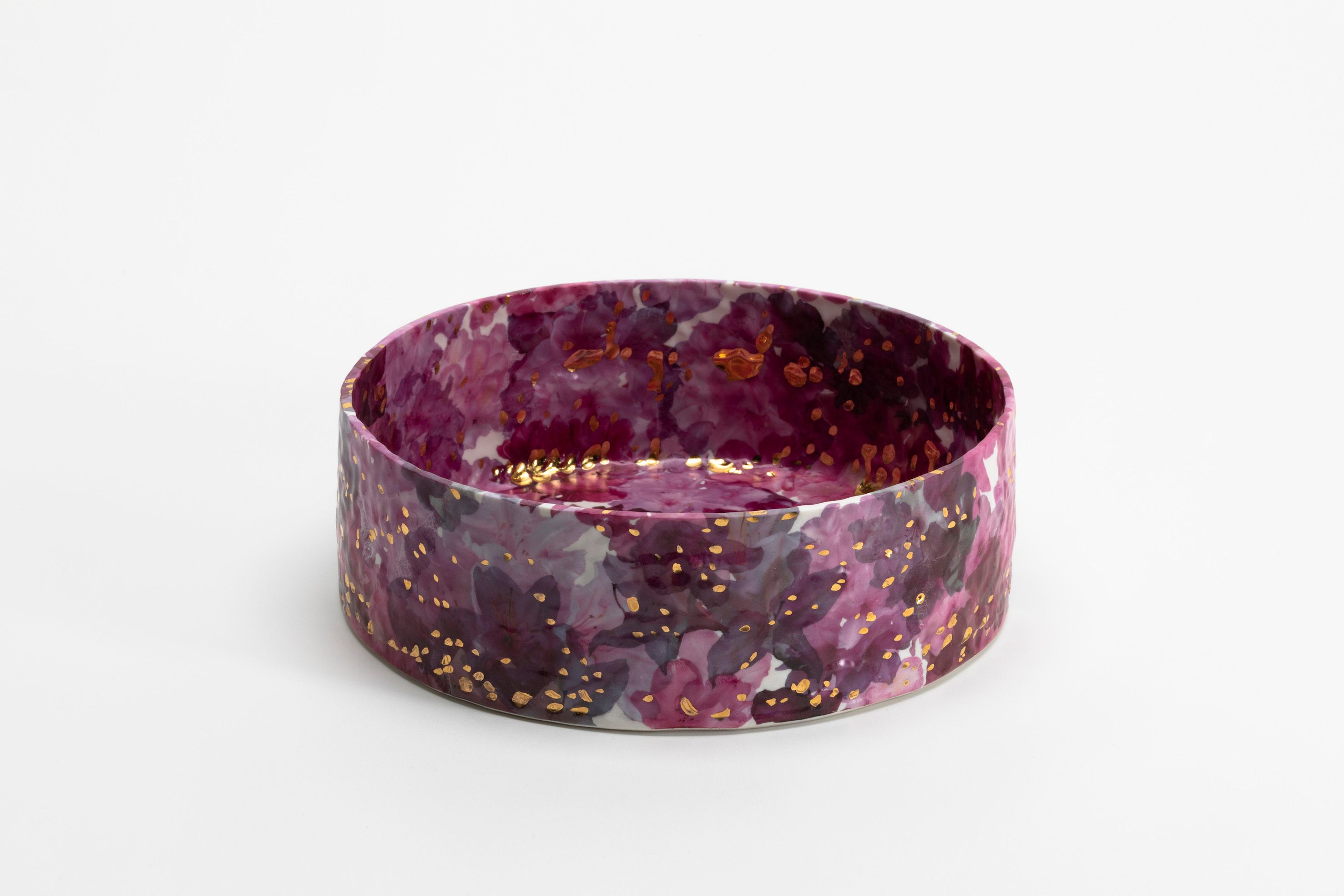
NEW WORK FROM TONI DE JESUS'S HE LOVES ME...HE LOVES ME NOT COLLECTION
Photo courtesy of J. Lohmann Gallery
AC /What kind of stories would you like to see told through design more often?
TDJ /There are so many of us, with different backgrounds, ideas, and ways of perceiving and experiencing the word. Our industry must reflect this better; and will become richer the more diversified these stories are. The more varied the stories we tell are, the better we will understand how we are all connected not only as humans but also with our surrounding environment.
Through making and observing art, craft, and design, we can divine what it is to be human at a particular time in our history. The fruits of our labor together encapsulate the multifaceted human experience. When diverse voices and stories find resonance, they enrich our understanding of the world we inhabit.
Stay tuned for more Where We Stand interviews in the coming days.
This editorial series was conceived and curated by Anna Carnick and Wava Carpenter of Design Miami and Anava Projects as an exploration of the Design Miami/ 2023 curatorial theme Where We Stand.
About Where We Stand: Reflections on Place, Purpose & Community: Objects are anthropological markers of time and place. Through material, process, and form, every object tells a story—not only of the makers and societies responsible for their creation, but also of the human experience more broadly. Responding to the complexities that define our current timeline, Where We Stand explores the storytelling power of design and, in turn, its potential for nurturing connectivity. As we celebrate objects from around the globe inspired by place, identity, and heritage, we hope to prompt questions—and potential answers—to help us navigate this complex, polarized period in history: How do objects narrate human progress? And how can we harness the beauty and power of our most intimate, rooted bonds, individually and collectively, to realize a more perfect world to call our own?
Click here to purchase tickets to attend Design Miami/ 2023, open to the public December 6-10 at Convention Center Drive & 19th Street in Miami Beach.
